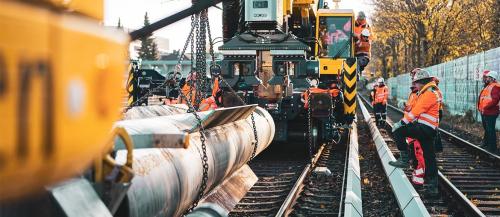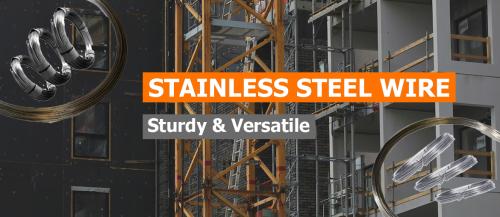Used extensively across the very broadest scope of industry, welding is an essential process and, without it, our lives would be very different. Imagine a world with no cars, bridges, computers, farm equipment, oil or mobile phones: all of these things and many, many more (it is estimated that as many as 50% of products have required a weld at some stage of their fabrication) simply couldn’t exist without various welding techniques.
When do you think the process of welding started? 100 years ago? Perhaps 200? Guess again: the earliest recorded examples of welding date all the way back to 3,500 CE, the time of the Bronze Age. When some Egyptian tombs were opened by explorers after being sealed for countless years, paintings of welders with their ancient and primitive tools were clearly seen decorating the walls inside.
The world’s very first industrial robot was installed in 1961, creating an instant sensation and further enhancing the reputation (and fortune!) of General Motors, who built the revolutionary machine. Named ‘the Unimate’, the robot had a motorised arm that weighed an unwieldy two tonnes and could use it, albeit somewhat cumbersomely, to perform simple spot welds by following a simple step-by-step command list that was held on a magnetic drum. Though the Unimate has long since carried out its last weld and been replaced by smarter, smoother and superior models, the basic idea remains the same and industrial robots are now used to fabricate everything from cars to Christmas Trees.
In 1969, Russian cosmonauts attempted the first weld in outer space. The lack of gravity produced some interesting (not wholly successful!) results that gave a new insight into the technique; these results, along with many others to follow in the future, were used to improve zero-gravity welding and the process is now routinely carried out as part of cosmic construction and maintenance projects such as building and repairing the International Space Station.
The official record for the deepest underwater dry weld in the world (completed inside a sealed structure) is 1,075ft (327.7m) and has stood since it was set in 1990 by Global Industries. Lower still is the record for world’s deepest underwater wet weld, which was set by the US Navy in 2005 at a staggering 2,000ft (609.6m) below the waterline - wet welds are performed without a protective chamber, fully exposed to the surrounding seawater.
Whatever you intend to weld, do it with confidence when you choose welding wire from our comprehensive collection. As the UK’s largest independent stainless steel suppliers, we guarantee to deliver on our promise of complete customer satisfaction and total, unrivalled product quality.






